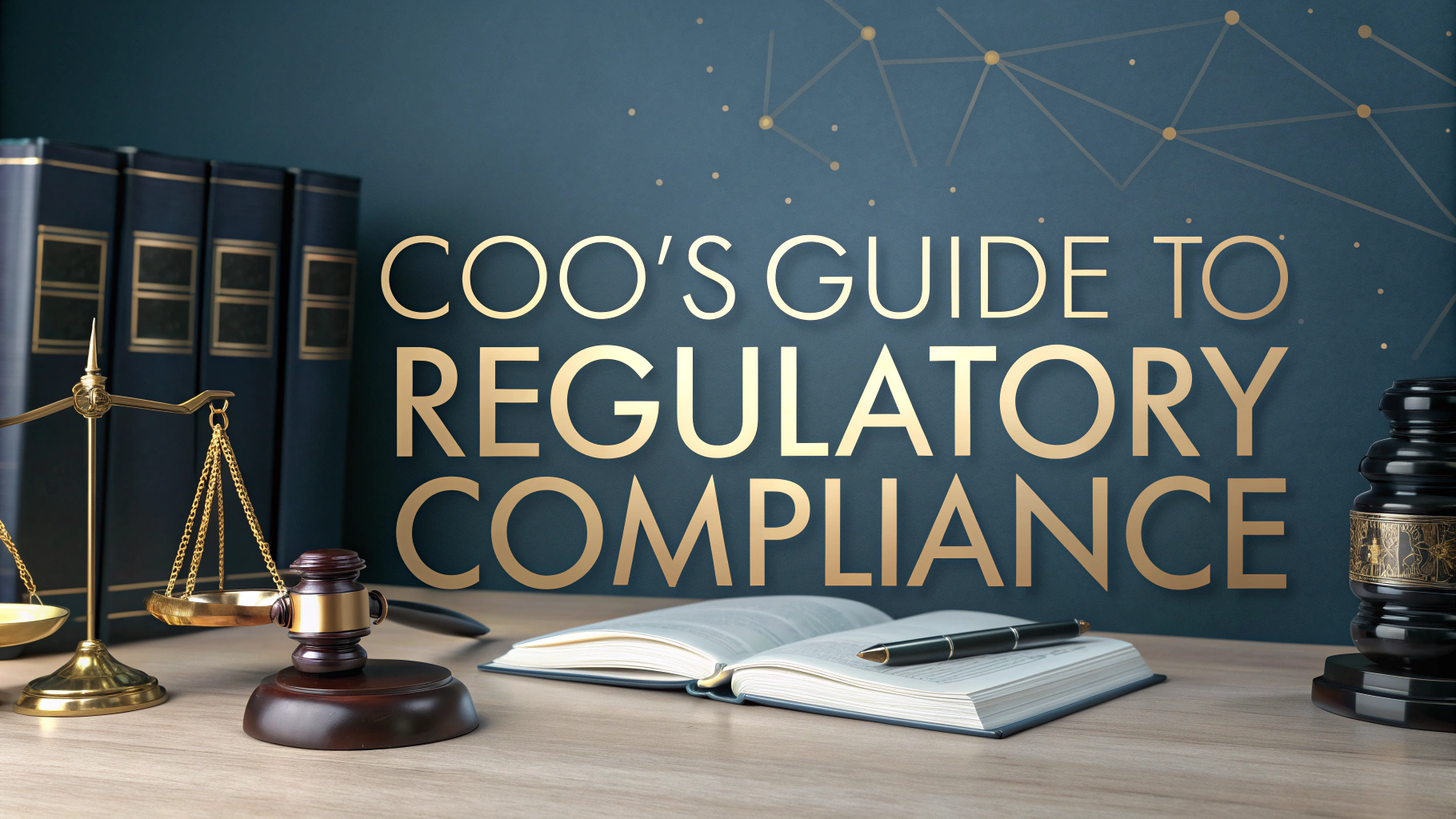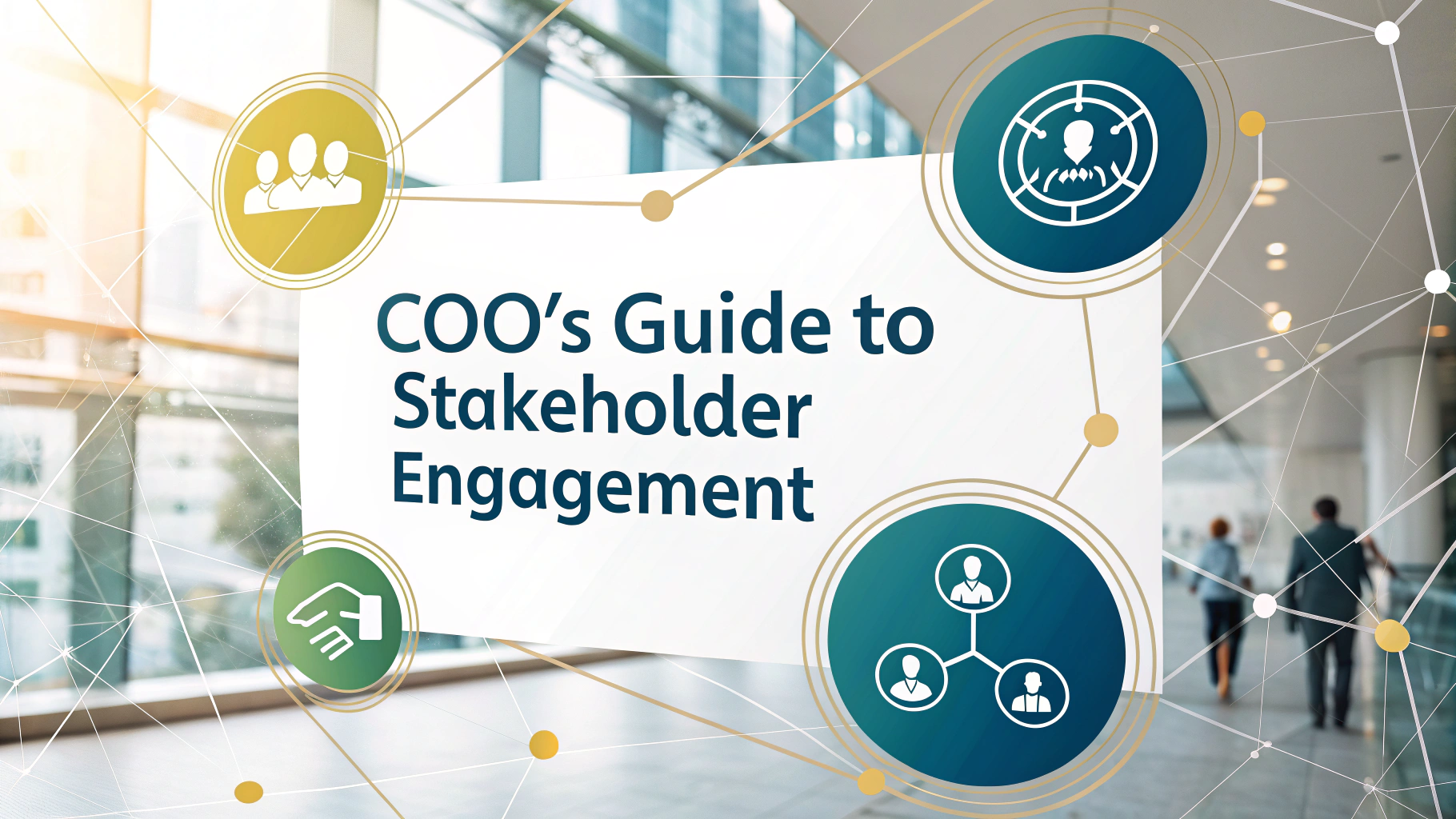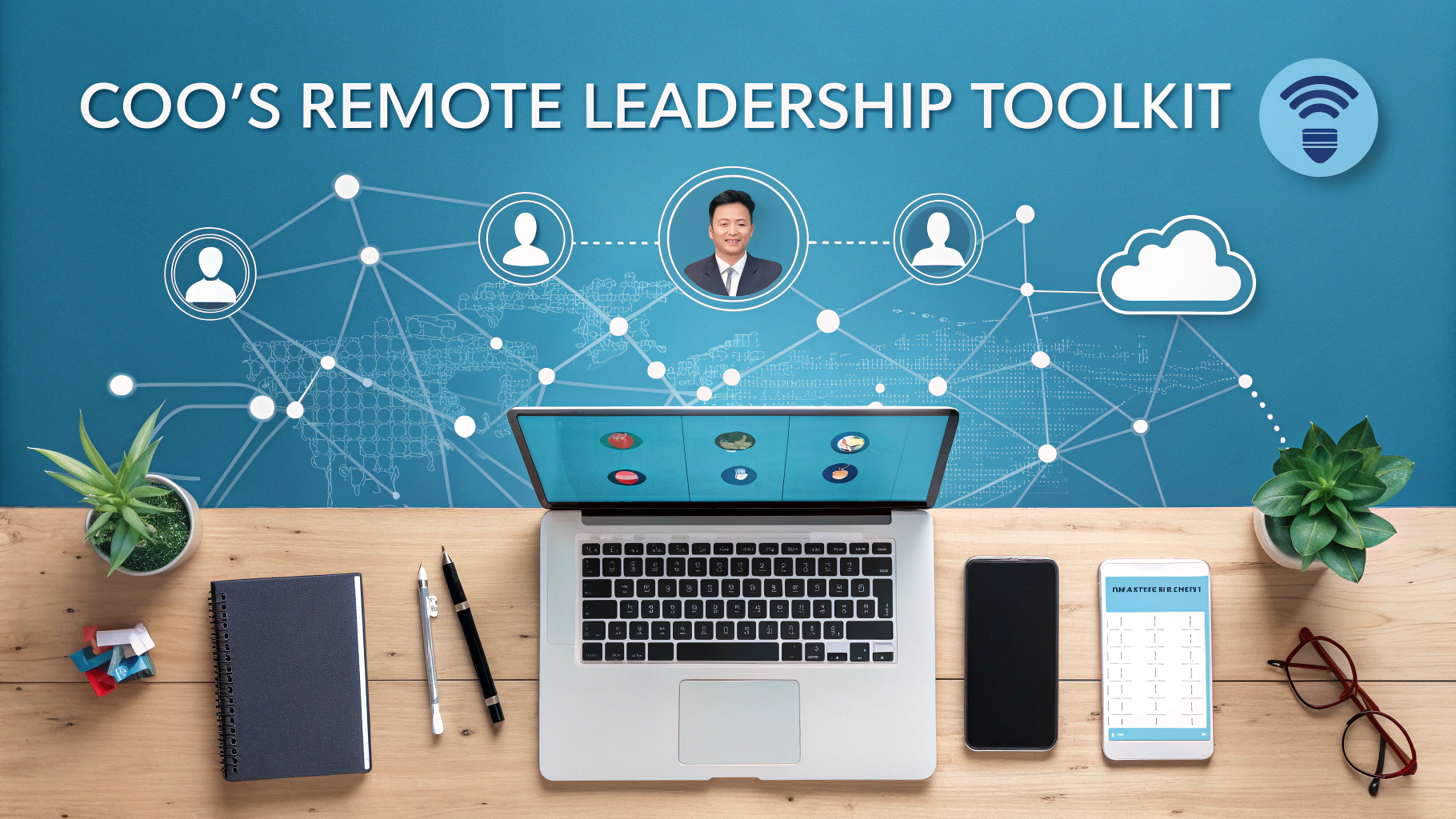Planning for leadership succession remains one of the most significant responsibilities for any Chief Operating Officer.
A well-executed succession plan ensures business continuity and maintains organizational momentum during leadership transitions.
This guide outlines practical strategies for COOs to build lasting legacies through effective succession planning.
Key Components of COO Succession Planning
- Identifying potential successors within the organization
- Developing leadership competencies and skills
- Creating detailed transition timelines
- Documenting operational procedures and processes
- Establishing mentorship programs
Identifying Future Leaders
Start by creating a talent assessment framework that evaluates both technical and leadership capabilities.
| Assessment Area | Key Indicators |
|---|---|
| Technical Skills | Operations management, financial acumen, strategic planning |
| Leadership Qualities | Decision-making, communication, team building |
| Cultural Fit | Values alignment, adaptability, innovation mindset |
Development Programs for Successors
- Rotational Assignments: Cross-functional experience in different departments
- Executive Shadowing: Direct exposure to COO responsibilities
- Leadership Training: Structured programs focusing on management skills
- Project Leadership: Handling high-impact strategic initiatives
Documentation and Knowledge Transfer
Create detailed operational playbooks that capture essential processes, decisions, and relationships.
Essential Documentation Areas:
- Standard operating procedures
- Key stakeholder relationships
- Strategic planning frameworks
- Risk management protocols
- Decision-making matrices
Timeline for Succession Implementation
- 18-24 months: Initial successor identification and assessment
- 12-18 months: Development program implementation
- 6-12 months: Increased responsibility delegation
- 3-6 months: Direct shadowing and transition planning
- Final 3 months: Handover execution
Building a Support Network
Establish connections with experienced COOs and executive coaches who can provide guidance during the succession process.
Professional organizations like SHRM and COO Alliance offer valuable networking opportunities and resources.
Measuring Success and Adjusting Plans
- Key Performance Indicators:
- Successor readiness assessments
- Knowledge transfer completion rates
- Stakeholder confidence metrics
- Operational continuity measures
Securing Your Legacy
The ultimate measure of a COO’s legacy lies in the sustained success of their organization after transition.
Focus on building resilient systems and capable leaders who can adapt to future challenges.
Consider engaging professional succession planning consultants through firms like Korn Ferry or Spencer Stuart for additional expertise and guidance.
Risk Management During Transition
Effective succession planning must include strategies to mitigate potential risks during leadership transitions.
- Develop contingency plans for unexpected departures
- Create redundancy in critical operational roles
- Maintain clear communication channels with stakeholders
- Establish interim leadership protocols
Stakeholder Communication Strategy
Transparent communication with all stakeholders is crucial for successful succession implementation.
Key Communication Points:
- Timeline for leadership transition
- Introduction of successor to key partners
- Regular updates on transition progress
- Clear messaging about organizational stability
Technology and Systems Transfer
Modern COO roles require comprehensive transfer of digital assets and technology oversight.
- Critical Areas:
- Enterprise resource planning systems
- Data analytics platforms
- Cybersecurity protocols
- Vendor management systems
Preserving Organizational Excellence
A successful succession plan is not just about replacing leadership – it’s about ensuring the continued growth and evolution of the organization.
- Maintain focus on innovation and improvement
- Strengthen organizational culture
- Empower next-generation leaders
- Build sustainable operational frameworks
Remember that succession planning is an ongoing process that requires regular review and adjustment to remain effective and relevant in today’s dynamic business environment.
FAQs
- What is succession planning for a COO position?
Succession planning for a COO position is a strategic process of identifying and developing future leaders who can potentially fill the Chief Operating Officer role when it becomes vacant through retirement, resignation, or other circumstances. - How far in advance should COO succession planning begin?
Succession planning for a COO should ideally begin 3-5 years before an anticipated transition, allowing sufficient time for candidate identification, development, and seamless knowledge transfer. - What key competencies should be considered when identifying potential COO successors?
Key competencies include operational expertise, strategic thinking, leadership abilities, financial acumen, change management experience, stakeholder relationship management, and industry-specific knowledge. - What are the essential components of a COO succession plan?
Essential components include leadership competency frameworks, candidate assessment criteria, development programs, mentoring structures, transition timelines, risk management strategies, and emergency succession protocols. - How should current COOs prepare their successors?
Current COOs should provide mentoring, delegate critical responsibilities, expose successors to board interactions, involve them in strategic decision-making, and ensure they understand key stakeholder relationships and organizational culture. - What role does the board play in COO succession planning?
The board oversees the succession planning process, approves succession candidates, ensures alignment with organizational strategy, and maintains oversight of development programs and transition plans. - How can organizations evaluate the readiness of potential COO successors?
Organizations can evaluate readiness through assessment centers, performance reviews, leadership assessments, simulation exercises, project management track records, and demonstrated ability to handle increasing responsibilities. - What are the common pitfalls in COO succession planning?
Common pitfalls include starting too late, focusing on too few candidates, neglecting external options, insufficient development opportunities, poor communication, and failure to align succession planning with organizational strategy. - How should organizations balance internal promotion versus external hiring for COO succession?
Organizations should maintain a mix of internal and external candidates, considering internal candidates’ institutional knowledge against external candidates’ fresh perspectives and diverse experience. - What documentation is essential for COO succession planning?
Essential documentation includes succession policies, candidate profiles, development plans, assessment criteria, emergency succession procedures, and transition timelines.








